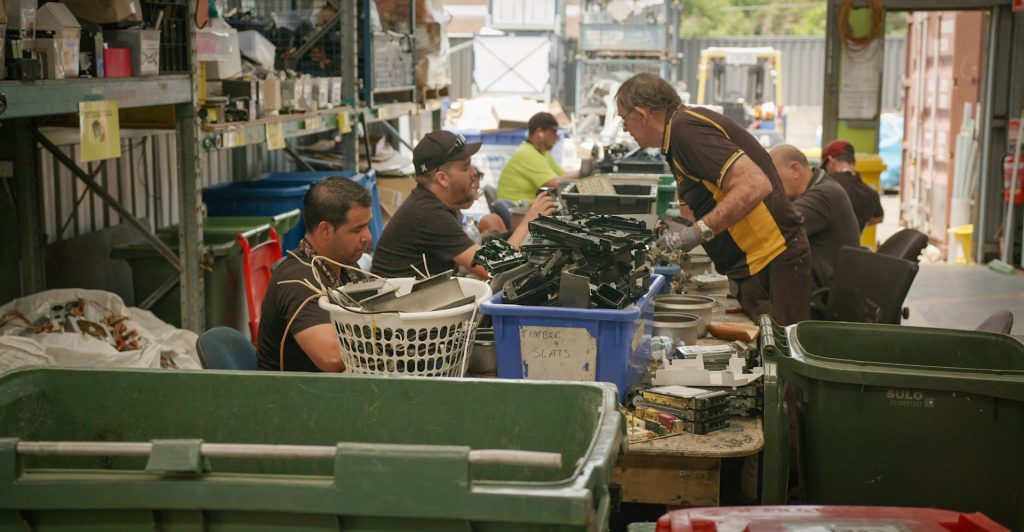Co-Authors: Prof Ingrid Burkett, Dr Joanne McNeill, and Matthew Allen
2 min read
Impact measurement is a topic on everyone’s lips, but how to get started is not always clear – especially when you’re dealing with small organisations and projects.
How can they account for value beyond financial returns? How can they demonstrate impact generated across multiple dimensions in often-complex entities? How can you prove that your investment is generating the outcomes both parties had set out to impact?
At The Yunus Centre, Griffith University, we have recently completed an Outcomes Framework and Impact Report for Logan-based social enterprise Substation 33.
Through this project, we uncovered six learnings we think are valuable for impact enterprises and their funders.
5 Steps to Start Measuring and Sharing Impact Right Now
1. Start with the Theory of Change.
Also called an Impact Map – use this to step-out the logic and establish a framework for your narrative
2. Work closely with those who will be involved in the collection, storage and reporting of data to design your outcomes framework.
The people involved in these steps are best placed to understand what is already available, at what stages of your operations you might be able to collect something new, and how to collect and store it in the most practical way. They’re often closest to the impact too, so can provide useful insights into appropriateness of indicators and other design matters.
3. It’s OK if it’s not perfect to start. Focus on existing data and processes that already occur, first.
Your data set may not be perfect yet, but that’s ok. The important thing is to always be transparent about how robust the data is, and seek to improve it over time.
Make the most of what you’ve got. Do a deep dive of all the data and processes that already link to various stages of your Impact Map. If you only have a few, that’s alright.
In this example the team built upon an existing sign-in/off process. They added more data points to the daily fingerprint scan process to improve understanding of people’s journeys to track changes over time. Now, volunteers and staff answer one randomly allocated question each time they sign-in for the day.
4. Do a pilot for the first reporting cycle.
Linked to point four – make your first one a pilot, test and trial it, discover what works and what doesn’t, find out how your stakeholders react to it.
5. Agree a staggered implementation timeline.
Don’t overwhelm your team. As you improve it create space for iteration, and time for new practices to develop and be integrated into daily routines.
For further inspiration and detail around some of these points you can delve into the full Substation 33 Outcomes Framework and Impact Report 2020.





















